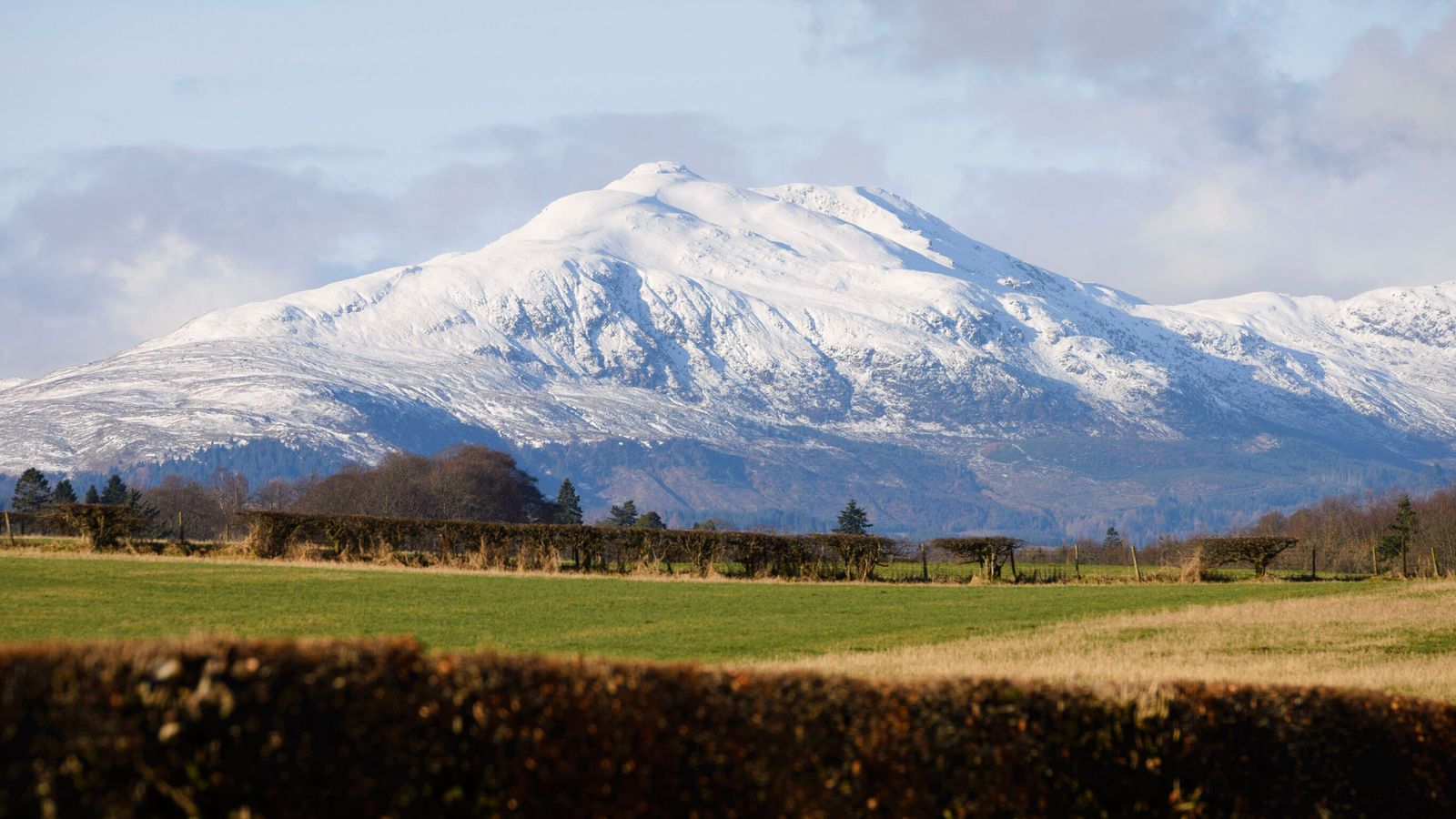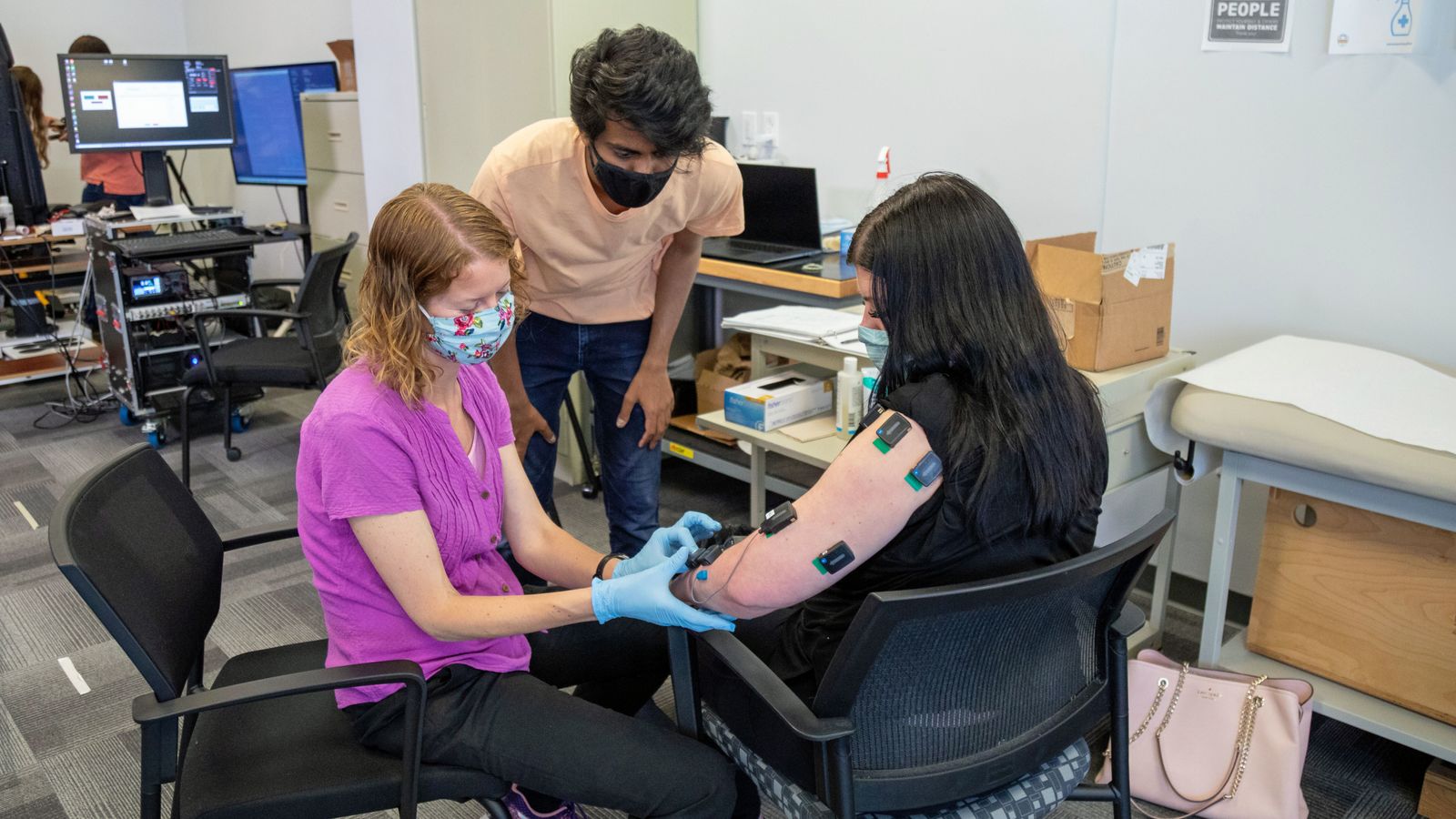Police have issued a warning following a spate of serious accidents and deaths on Scotland’s hills and mountains in recent weeks.
The force said the country’s hills are not holding the snow cover they typically do at this time of year which is giving walkers a “false sense of security”.
Although significant patches of snow and ice still cover the hills, sometimes these are not visible from the starting points of walks and are likely to appear on the approach to the summit.
Police Scotland is urging all those heading out to make sure they are adequately prepared for winter conditions, including wearing crampons and taking an ice axe.
The warning comes amid a number of recent incidents.
On 7 February, a man died after falling near the summit of Ben Cruachan in Argyll and Bute.
Another man, aged 33, died after falling on Ben More within Loch Lomond and The Trossachs National Park on 28 January.
Falkirk councillor James Bundy ‘deeply concerned’ women will get preferential treatment for freeport opportunities
Scotland’s Finance Secretary Kate Forbes announces bid to succeed Nicola Sturgeon as SNP leader and first minister
SNP leadership race: Humza Yousaf and Ash Regan announce bids to succeed Nicola Sturgeon
Be the first to get Breaking News
Install the Sky News app for free
Inspector Matt Smith, Police Scotland lead for mountain rescue, said: “Our volunteer and police mountain rescue teams have dealt with a number of tragic incidents in recent weeks.
“It’s still winter, despite what it may look like further down. I’d urge anyone setting out to plan for all eventualities.”
‘Climbers should think very carefully’
Mountaineering Scotland’s Ross Cadie said the current milder temperatures have resulted in large patches of firm snow lying mainly on steep sides, gullies and across paths.
The senior mountain safety advisor said: “This can create hazardous conditions for both walkers and climbers in the mountains.
“Some walkers are getting caught out by stepping onto the snow patches without being prepared.
“These snow patches aren’t always visible when you set off at the start of the day, so going prepared for snow and ice, or turning back before trying to cross the snow, is crucial.
“With such poor climbing conditions, climbers are being concentrated into the gullies, resulting in more people being in the fall line of any dropped equipment or dislodged rocks, which can be extremely dangerous to those below.
“Climbers should think very carefully before climbing routes that already have others established on them, as well as avoid areas known to have loose rock.”








